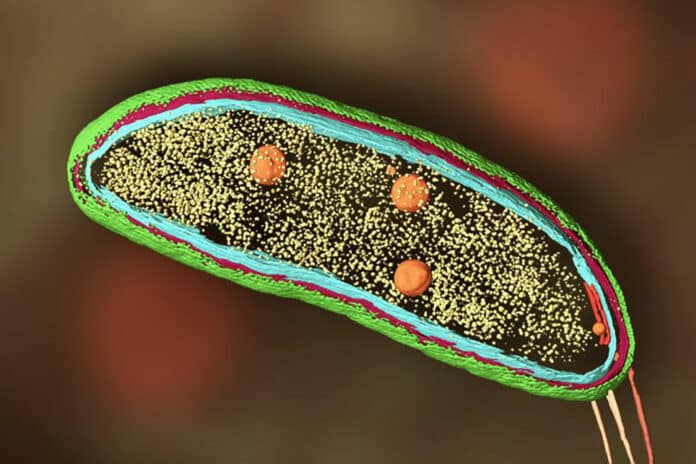Peter Dahlberg, a staff scientist and 2021 Panofsky Fellow at the DOE’s SLAC National Accelerator Laboratory, and his colleagues wanted to improve some of the world’s most powerful microscopes. Through this, they aim to visualize every minute detail of what’s happening inside cells.
To do so, they combined two complex imaging techniques: Super-resolution fluorescence microscopy and cryo-ET.
When using fluorescence microscopy, scientists label specific molecules, such as proteins, with smaller molecules that glow when illuminated. They can then use a regular optical microscope with extremely high resolution to follow the precise position of that particular protein of interest inside a cell. The issue is that you cannot see what is going on in the cell or what is going on around the protein. It needs more context.
On the other hand, flash-frozen materials, like cells, are examined using electron microscopes in cryogenic electron tomography. Although the method can create incredibly detailed images of cells, it cannot identify a specific protein or molecule of interest. It is not specific enough.
The two methods are combined into one by Dahlberg in his study, which is appropriately called “super-resolved cryogenic correlative light and electron tomography.” To obtain a clear view of the target molecule and its surroundings, he first performed the two approaches independently and then combine the resulting images.
However, there was a problem at the very start of the process: Dahlberg must place fluorescently labeled protein-containing cells onto a 3-millimeter-diameter cryo-ET grid, a circular metal mesh, and flash-freeze them in a manner that causes the water on the grid to vitrify, or change to glass. The little grid must remain uncontaminated and frozen after it has been frozen. The best is to move it less frequently.
Another issue is that even if the frozen cells are thousands of nanometers thick, cryo-ET electrons can only reach depths of 200 nanometers.
These problems have been solved by optimizing a device called a “focused ion beam milling system with an attached scanning electron microscope,” or a FIB-SEM.
Cryo-ET electrons can enter a thin slice of frozen cell with cellular material removed by the focussed ion beam. The sample is then bombarded with electrons by the scanning electron microscope, which results in the lovely, high-resolution cryo-ET images.
Dahlberg gutted his FIB-SEM and installed an optical microscope since the FIB-SEM lacks an attached optical microscope, which forced Dahlberg to relocate the grid to obtain fluorescence microscopy data.
Dahlberg said, “Essentially, we just ripped apart this $1.5 million sophisticated instrument to install this integrated light microscope, and now we have a much, much better system.”
“I think we’re on the precipice of making super-resolution in the FIB-SEM now.”
